Pangolins are some of the most unusual and misunderstood animals on the planet. With their scaly armor and shy behavior, they look like a cross between an anteater and a tiny dinosaur.
Scientific Classification
-
Kingdom: Animalia
-
Class: Mammalia
-
Order: Pholidota
-
Family: Manidae
-
Genus: Manis
Common Names
-
Pangolin
-
Scaly Anteater
In some places, they are simply called “akika” or “ikin”, depending on the local language.
Geographic Distribution
Pangolins are found in:
-
Africa (especially in forests and savannas)
-
Asia (from India to Southeast Asia)
They like warm places with lots of ants and termites.
Physical Characteristics
Pangolins are covered in tough, overlapping scales made from keratin—the same stuff as your fingernails.
-
Long, sticky tongues for eating ants
-
Sharp claws for digging into termite mounds
-
Curl into a tight ball when scared
Image showing a pangolin curled up defensively on forest floor (Source: Wildlife Matters)
Major species of Pangolins
1. African Ground Pangolin
-
Found in Central and Southern Africa
-
Walks on hind legs using tail for balance
-
Strong claws
Key Facts:
-
Lives in savanna or woodland
-
Medium size, up to 18kg
-
Heavy armor for protection
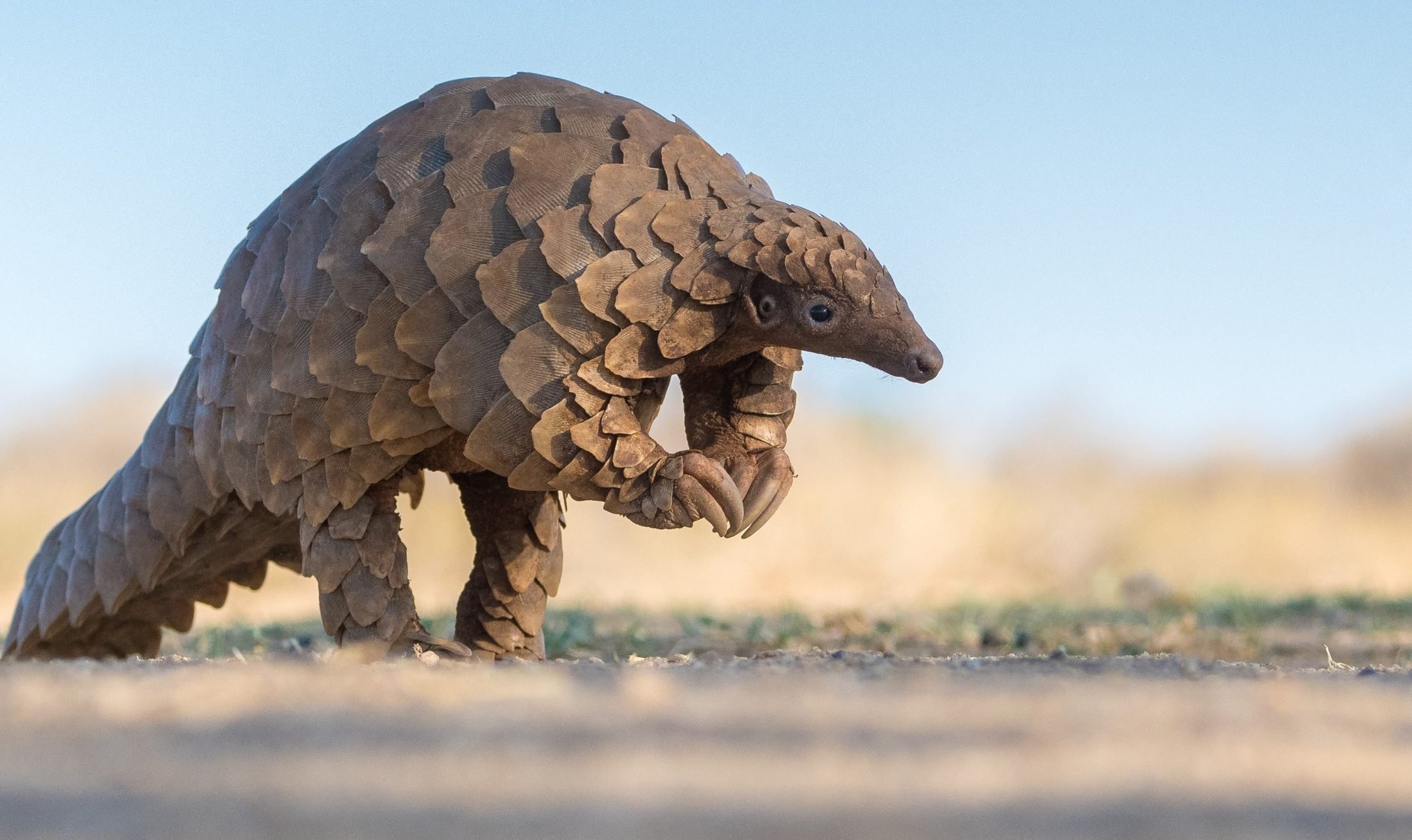 Image showing an african ground pangolin standing on hind legs (Source: Fuana & Flora)
Image showing an african ground pangolin standing on hind legs (Source: Fuana & Flora)
2. Asian Tree Pangolin
-
Found in Southeast Asia
-
Excellent climber
-
Often found in trees
Key Facts:
-
Arboreal (lives in trees)
-
Long sticky tongue for catching ants
-
Nocturnal (active at night)
 Image showing an asian pangolin climbing a tree (Source: Born Free Foundation)
Image showing an asian pangolin climbing a tree (Source: Born Free Foundation)
Fun facts
-
Pangolins have no teeth.
-
They can eat up to 70 million insects per year.
-
When threatened, they roll into a ball like a football.
-
Pangolin scales are made of keratin, just like human hair and nails.
-
Despite their armor, they are very shy and gentle animals.
Human relevance
Pangolins part of nature and they act by controlling insect populations. Sadly, they are usually hunted for their meat and scales, especially in illegal wildlife trade. Some people believe their scales have healing powers, but this is not scientifically proven.
Health & common issues
Pangolins rarely show up at vet clinics, but in wildlife centers, they can suffer from:
-
Stress due to captivity
-
Infections if wounded or handled roughly
-
Malnutrition when fed the wrong diet
Health Needs:
-
Calm, quiet environment
-
Access to ants or termites
-
No sharp objects around to hurt their soft underbelly
Conservation Status
All 8 species of pangolins are threatened, and some are critically endangered.
-
Major threats: Poaching, habitat loss, and illegal trade
-
Protected by international law, but illegal hunting continues
Comparison: Pangolin vs Armadillo
| Feature | Pangolin | Armadillo |
|---|---|---|
| Found In | Africa & Asia | Americas |
| Armor Type | Scales (keratin) | Bony plates |
| Teeth | No teeth | Has teeth |
| Diet | Insects | Insects & plants |
Visit Doctor Hulk Veterinary Hospital to learn more about amazing animals like the pangolin and how we can all help protect them. You can also contact us via 08143397614.
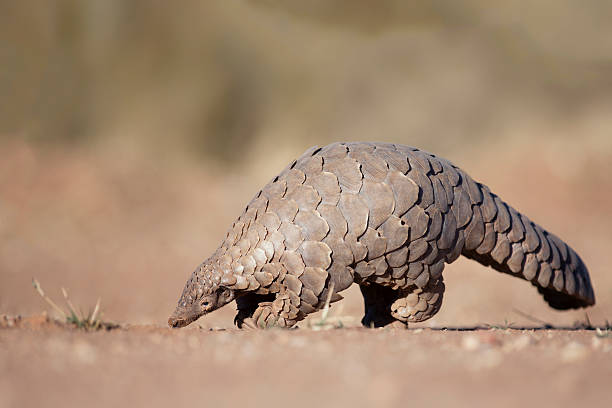 Image showing a pangolin walking in natural habitat under soft evening light (Source: iStock)
Image showing a pangolin walking in natural habitat under soft evening light (Source: iStock)








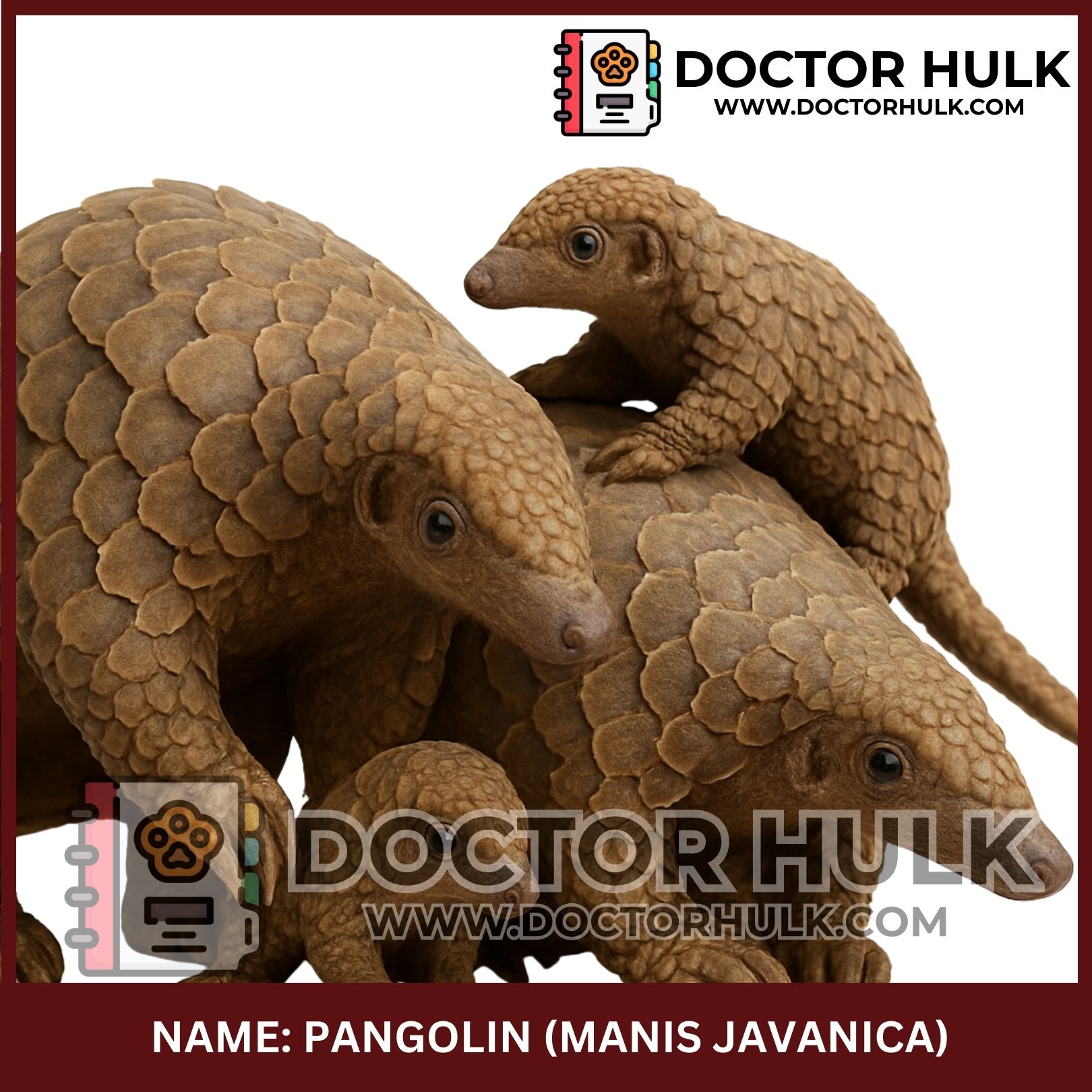
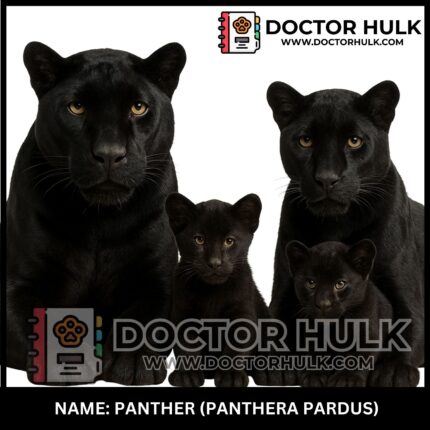
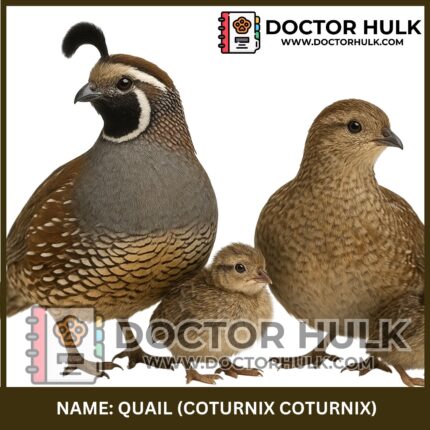


Reviews
There are no reviews yet.